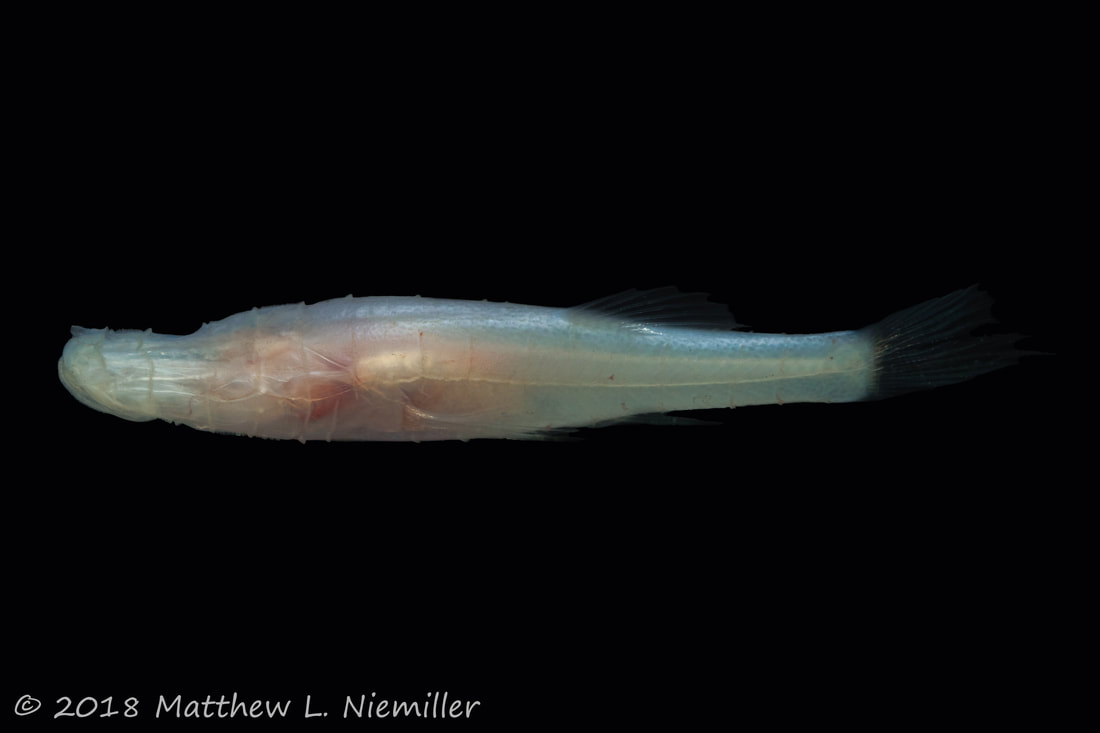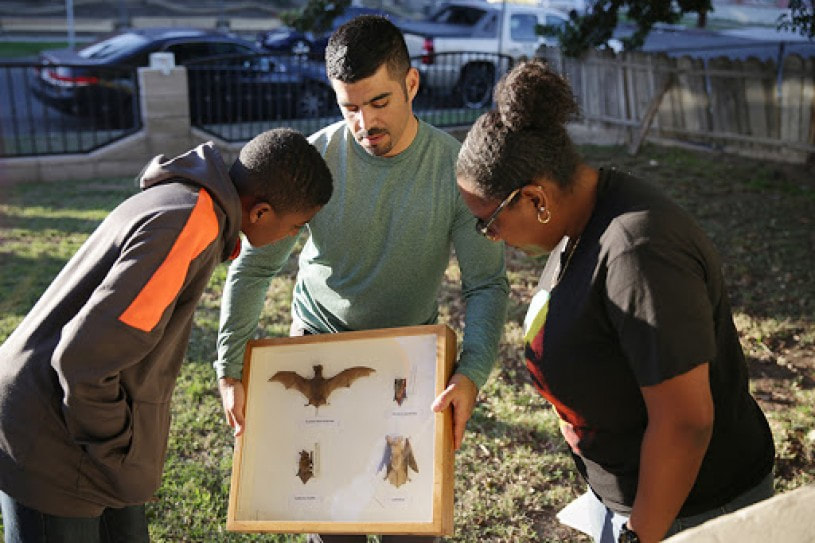|
The last thing I posted was a note that the museum was closing due to the coronavirus pandemic. That was back in March, and so much has changed in the interim that "the new normal" has become a popular phrase. So I figured I'd post about what this new normal means for the Natural History Museum of Los Angeles County and for the Department of Ichthyology specifically. The NHMLA remains closed to the public and to researchers and visitors for the time being, and we are still under a loan moratorium for shipping or receiving loans under normal circumstances. This is simply because we cannot ensure that when we ship specimens that someone will always be there in a timely manner on the other side to receive them. However, Department of Ichthyology staff are now allowed back into the museum, so if you have an information request, or want us to look for a specimen for you, please send either Todd of myself an email and we will try to help you to the best of our abilities. Covid Cases continue to rise in Los Angeles County, so this is still a shifting situation and I will make another post as soon as visitors can come in again and once we can send loans again. The new normal for the Department of Ichthyology actually looks a lot like the old normal. While working from home we have still pursued research projects and continue to analyze data and digitize collections information. Since March we have had three papers published. The first was led by outstanding LSU graduate student Pamela Hart and focuses on the evolutionary history of blind cavefishes in North America. Pam did a ton of work on this publication and it details a great story about the loss of eyes in fishes. Go and check it out in Evolution. The second publication was led by NHMLA ornithology curator Allison Shultz, and includes several curators at the NHMLA. This perspective study looks at the use of museum specimens for studying urban evolution, and finds that museums are underutilized in this regard. As urban areas continue to grow in the 21st century, studies focusing on the impacts of urbanization on wildlife will certainly continue to increase. In this publication we make a variety of recommendations for different stakeholders on how to incorporate, add to, and support museums moving forward. Check it out in the special issue of Evolutionary Applications on Urban Evolution! The latest publication to come out details a large genetic barcoding effort in the United Arab Emirates that is linked to vouchered museum specimens in a reference collection started by the Environmental Agency – Abu Dhabi. This study is the largest bony fish barcoding study to date in the Arabian/Persian Gulf, and will add valuable information for a diversity of studies moving forward in the region. The value of the reference collection will only increase over time with researchers adding additional specimens, or re-examining specimens already housed in the collection. This study would not have been possible without the support of the Environmental Agency – Abu Dhabi, the hard work of all involved including LSU undergraduate students Layne Freeman and Genta Teruyama, and all of our UAE collaborators including Rima Jabado, Shamsa al Hameli, and Dr. Shaikha S. Al Dhaheri. You can read this study in the Journal of the Ocean Science Foundation. Finally, NHMLA ichthyology collections manager Todd Clardy presented work he has done on the ichthyoplankton of the Red Sea at the 44th Annual Larval Fish Conference, Virtual Larval Fish Town Hall at the end of June (video available on the linked website!) and will present more work that he's done on the zooplankton of the Arabian/Persian Gulf at the 6th International Marine Conservation Congress virtually next month, so be sure to check that out. Last, but absolutely not least, the past few months have really highlighted the racial inequalities faced by so many in our society. The names and the stories that we have all come to learn have really made us think deeply about how to be better and how to help those in need. Part of the NHMLA mission statement reads that we are a museum "of, for, and with LA", and we have had many intense and deep discussions over the past several months of how to improve as a museum, wether it's how we promote ourselves to our community, how we interact with guests at the museum, or how we approach science behind the scenes in our collections. There is a lot of work to be done moving forward, but I hope to be able to share some plans with you in the near future that we have been discussing. In the meantime I have added a new section on diversity and inclusion under the "Lab and Fish Collection" tab on this website to help make it clear that we welcome everyone from all walks to life to visit our collection, use our specimens, and discover fascinating facts about fishes and our planet. More to come on this soon.
Check back soon for more updates on what we're up to, the status of the museum and visiting our collections, and what we're doing to fight racism in science and in our community. Stay safe, everyone. Comments are closed.
|
Archives
August 2021
Categories |

